To do common things in Artsakh today – like to work, to see a doctor or visit relatives, to do laundry or ironing or just to dine – apart from material means, people need one more thing: the schedule of power cut for a given day.
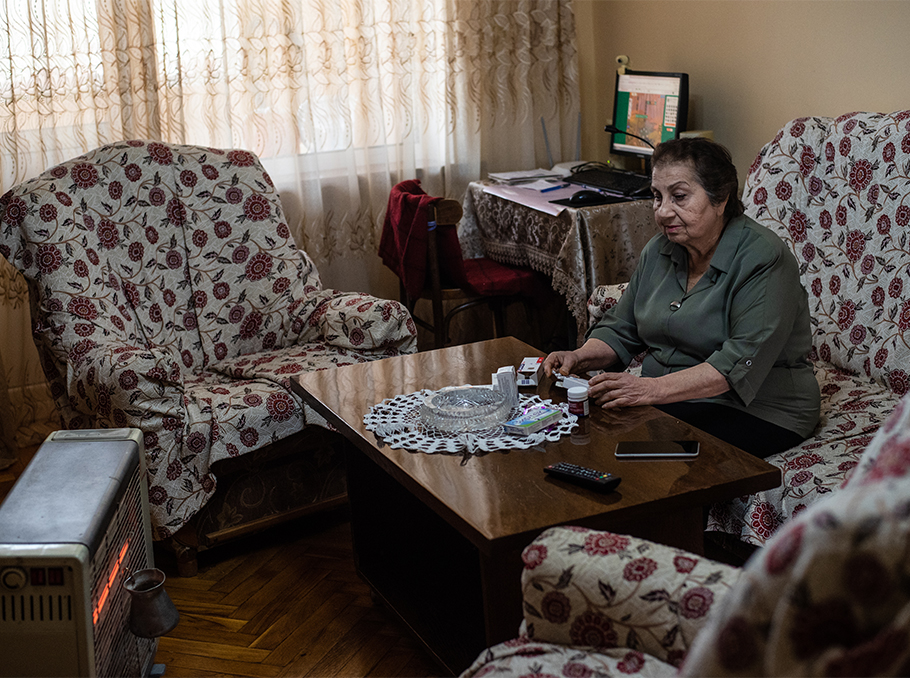
Photo: Davit Ghahramanyan/Mediamax
As a result of the blockade of the Goris-Stepanakert highway from December 12 by the so-called Azerbaijani “eco-activists”, the Armenians of Artsakh, forced to remember the voucher system of the 1990s for purchasing food, apart from being deprived of free movement, the choice of medical care, the right to education, are also facing Azerbaijani “gas terror” and the serious crisis of power shortage.
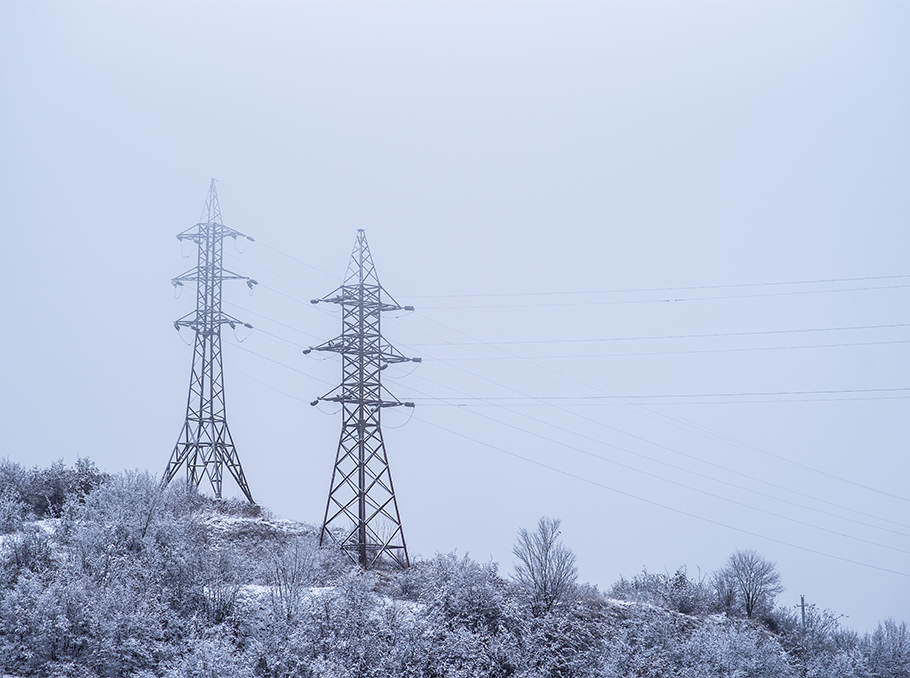
Photo: Davit Ghahramanyan/Mediamax
The “valve” of the only gas pipeline feeding Artsakh from Armenia, which is in the territory that appeared under the control of Azerbaijan, is the number one “hero” of current jokes in Artsakh. The gas, which has been cut off 7 times since the beginning of the blockade, has now returned to the homes of Artsakh residents, but until when, no one knows. Sometimes it takes a few days, sometimes it is a matter of hours. People in Artsakh joke, saying maybe they are playing cards there in Shushi and whoever loses locks the valve that day.
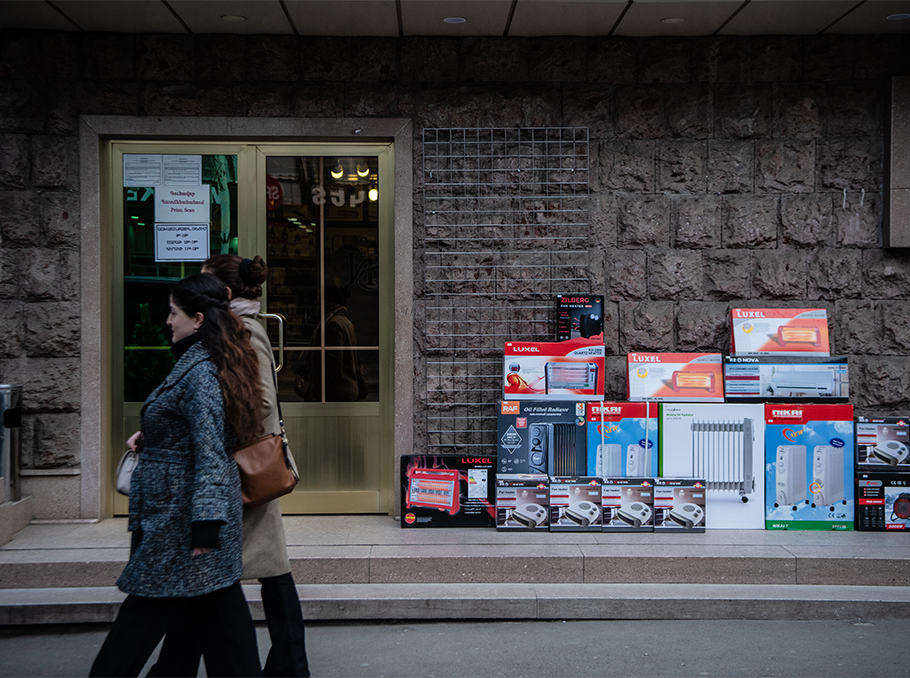
Photo: Davit Ghahramanyan/Mediamax
On January 13, the accident on the high-voltage power line in the Aghavno-Berdzor section of the Lachin Corridor even more complicated the situation the Artsakh Armenians appeared in following the winter siege. To date, it is unclear whether the accident was technical or it was a result of external intervention. But since the Azerbaijanis do not allow the Armenian specialists to fix the problem on the ground, the prevailing opinion is that the accident was caused by artificial intervention.
The unrecognizable Sarsang
Previously, Artsakh was not only self-sufficient in providing electricity, but also exported it to the Republic of Armenia through cross-flows. But that was in the good old days, which, like almost everything, remained beyond 2020.
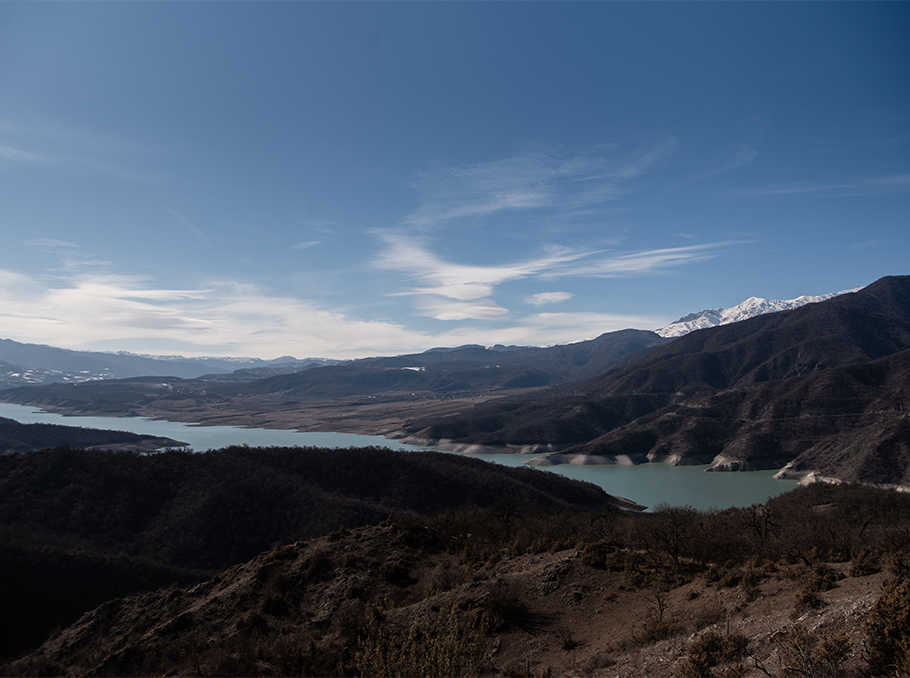
Photo: Davit Ghahramanyan/Mediamax
As a result of the 44-day war, 30 out of the 36 HPPs of Artsakh appeared under the control of Azerbaijan. Currently, the only one of the 6 HPPs remaining in Artsakh, which is able to feed Artsakh in the conditions of energy crisis, is the “Sarsang HPP” powered by the Sarsang reservoir in the Martakert region. The other 5 small plants do not operate due to lack of water, but even otherwise their combined capacity does not exceed 25 MW.

Photo: Davit Ghahramanyan/Mediamax
The Sarsang reservoir, built on the Tartar River in the 1970s, is the largest not only in the territory of Artsakh, but surpasses even the largest Akhuryan reservoir in Armenia. Today, the Sarsang reservoir is the only hope of the blockaded Artsakh. The people of Artsakh have never seen Sarsang, the water level of which has significantly dropped, so dried up.
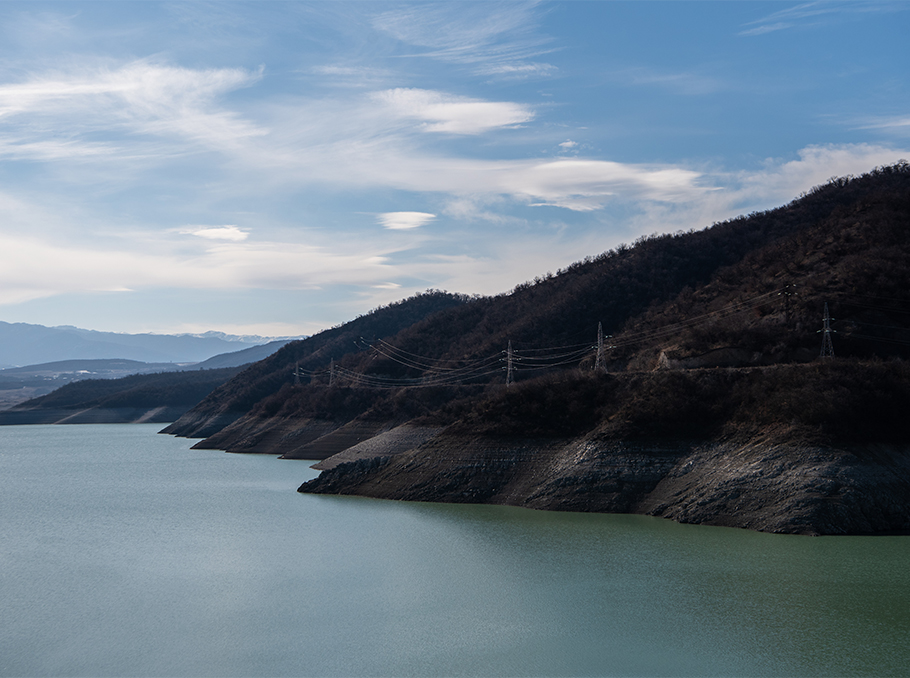
Photo: Davit Ghahramanyan/Mediamax
Only two of Artsakh’s reservoirs provide energy: Sarsang and Mataghis reservoirs. The latter has been under Azerbaijani control since the end of September 2020. Before the end of the war, the Azerbaijanis hurried to rename Mataghis into “Sugovushan”, literally “meeting the water.” By the way, in January 2023, photos of the Mataghis reservoir were published in the Azerbaijani media, showing a severe decrease in its level. In Azerbaijan, these photos provoked highly controversial discussions.
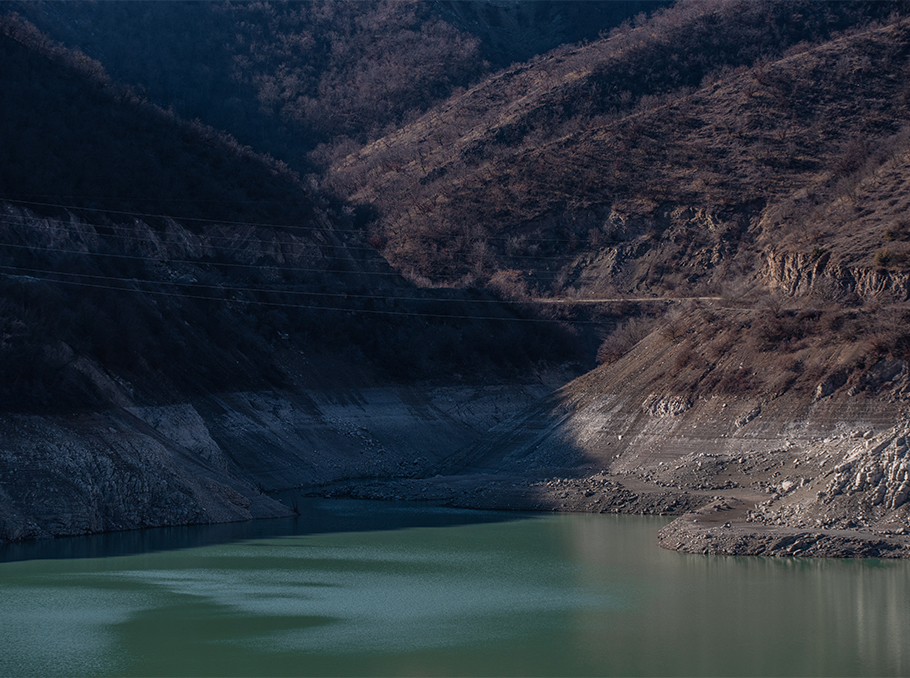
Photo: Davit Ghahramanyan/Mediamax
In the state of emergency, the information about the resources of Sarsang reservoir is regularly updated not by the Ministry of Territorial Administration and Infrastructures, but by the Security Council of Artsakh. For clear reasons the information is currently not available in open sources.
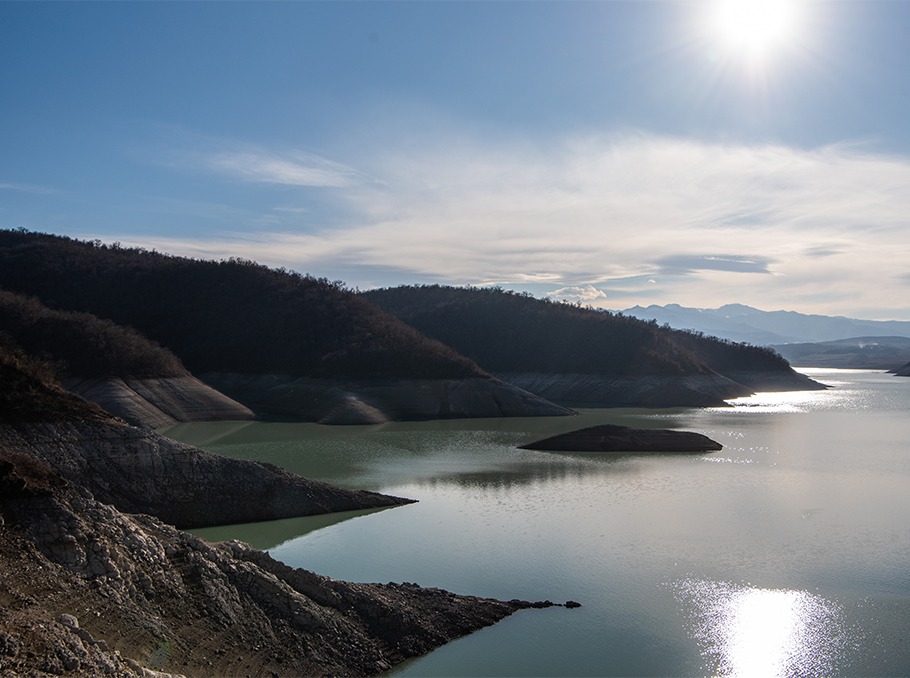
Photo: Davit Ghahramanyan/Mediamax
It is noteworthy that before the second Artsakh war, Azerbaijan for years accused the Armenian side of abusing the water resources of Sarsang and even planting explosives in the Tartar River flowing to Azerbaijan. On August 14, 2013, Artsakh Deputy Prime Minister Artur Aghabekyan stated that the authorities were ready to start a dialogue with Azerbaijan on the joint management of water resources. Naturally, Aghabekyan’s proposal remained without response.
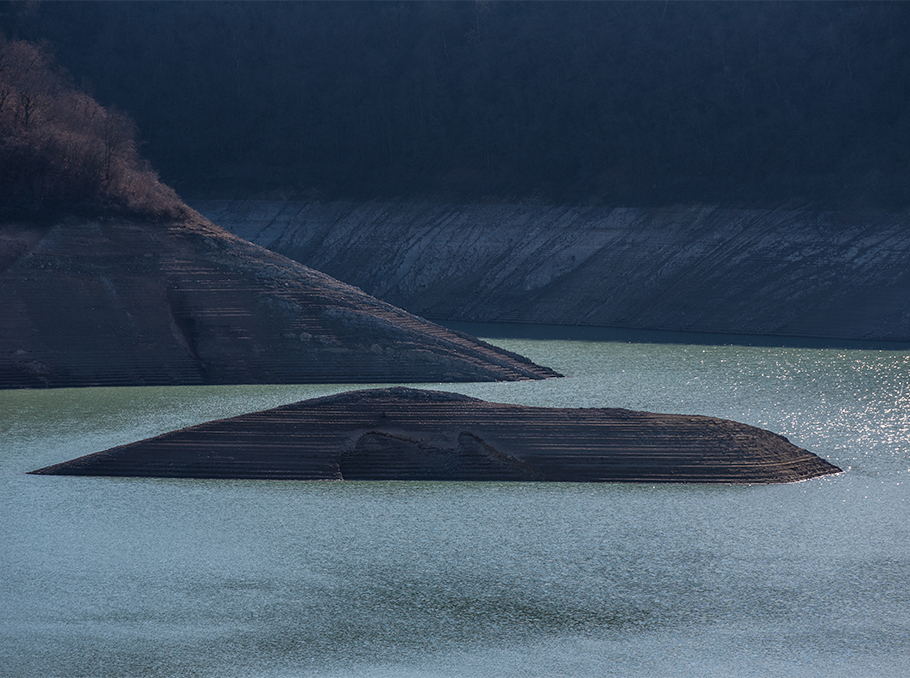
Photo: Davit Ghahramanyan/Mediamax
Already in August 2022, Azerbaijani specialists visited the Sarsang reservoir. The Azerbaijani side said the visitors were the employees of the Azerbaijani Melioration and Water Management company. During the same days, the Artsakh Information Center issued a statement, noting that after the 2020 war, the representatives of Artsakh and Azerbaijan meet regularly to ensure the safety of drinking and irrigation water supplied to the public, management of water resources.
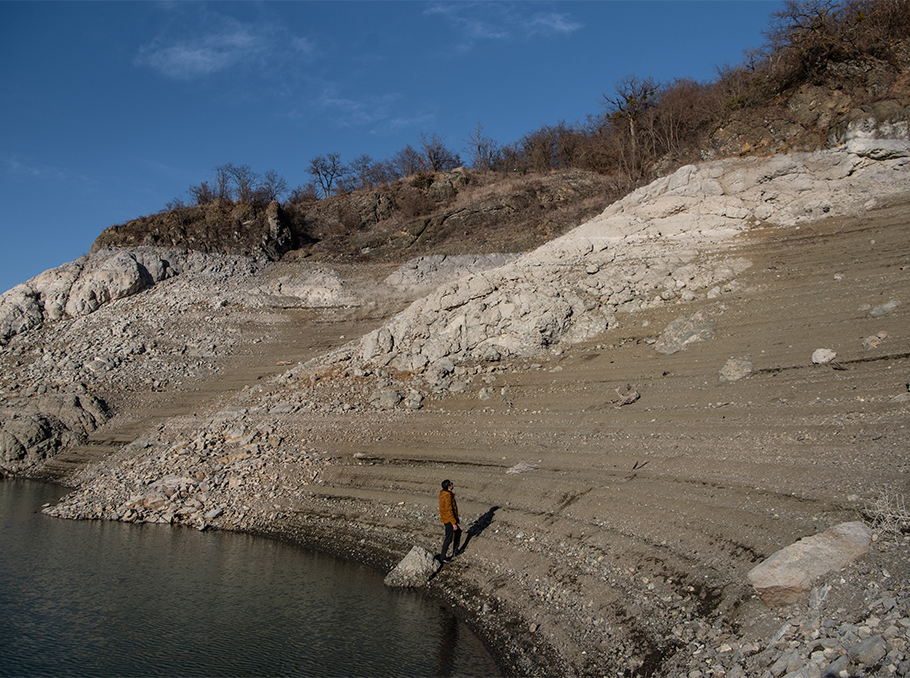
Photo: Davit Ghahramanyan/Mediamax
Today, however, the question of whether the ties and agreements reached in those meetings serve to solve the above-mentioned issues in Artsakh, which is facing serious environmental and energy problems as a result of the Azerbaijani blockade, is rhetorical...
Lightless hope
Children walking in blankets at home, health problems aggravating as a result of cold and malnutrition, and water heated on a wood stove for bathing are not the memories of the 90s, but the real present in Artsakh.
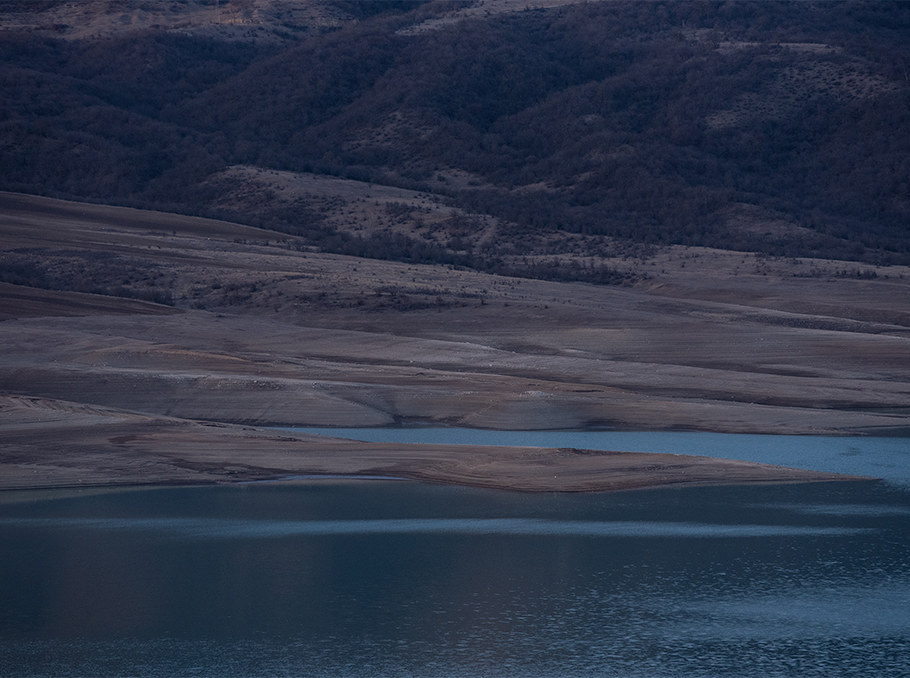
Photo: Davit Ghahramanyan/Mediamax
Sarsang, which remained completely alone in heating the 120,000 Artsakh Armenians in the cold winter conditions, however, is able to meet only 60 percent of the domestic energy demand. Due to this, following the disruption of the power line coming from Armenia to Artsakh, “Artsakhenergo” CJSC has been forced to resort to a blackout to save the limited resources. First, the people in Artsakh had to stay without electricity for 2, then 4, and now 6 hours a day.
On the days when Azerbaijan blocks gas supply from Armenia to Artsakh, the energy crisis in Artsakh deepens even more. Almost 3-fold increase in overload of the overhead lines result in emergency shutdowns, leaving the population without electricity even beyond the blackout schedule.
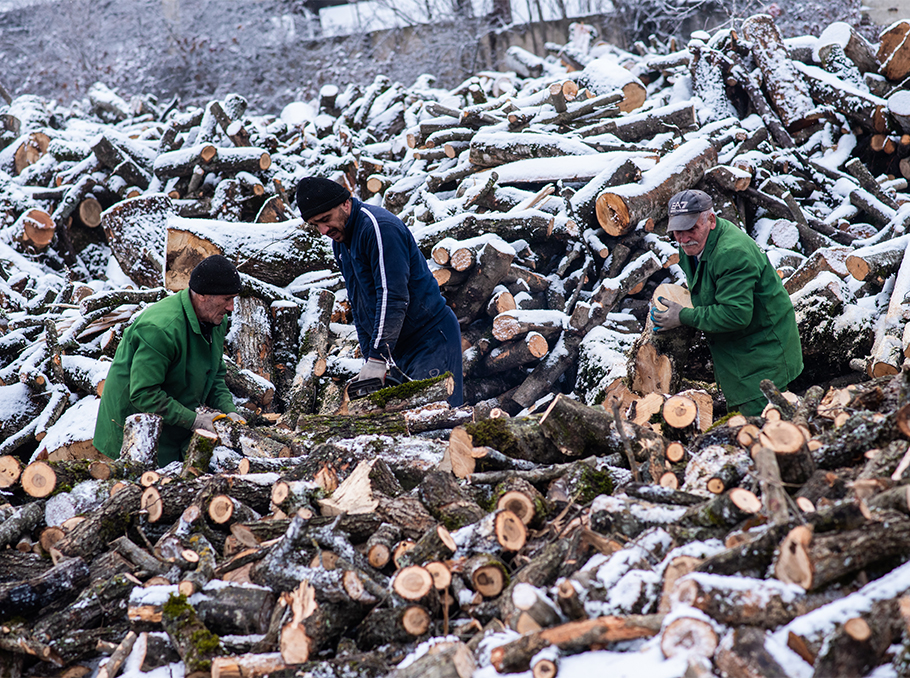
Photo: Davit Ghahramanyan/Mediamax
The Municipality of Stepanakert provides a limited amount of firewood to families who need it, because wood stoves, which the residents got rid of from a long time ago, have become the only more or less stable option for overcoming the energy crisis.
Desperate announcements for finding wood stoves or their parts have now replaced the never-ending search for a rented house in Stepanakert by thousands of displaced people. Of course, after losing the forested Hadrut and Karvachar, Artsakh today cannot afford luxuries in this matter.

Photo: Davit Ghahramanyan/Mediamax
Due to the lack of gas heating, the lessons in most of the schools of the republic have been temporarily suspended and then resumed again many times. To organize the studies of at least 9-12 graders, wood stoves have been installed in some places. There is nothing Artsakh Ministry of Education, Science, Culture and Sports has not though of to ensure the right of more than 20,000 school and pre-school age children to receive education even in critical conditions.
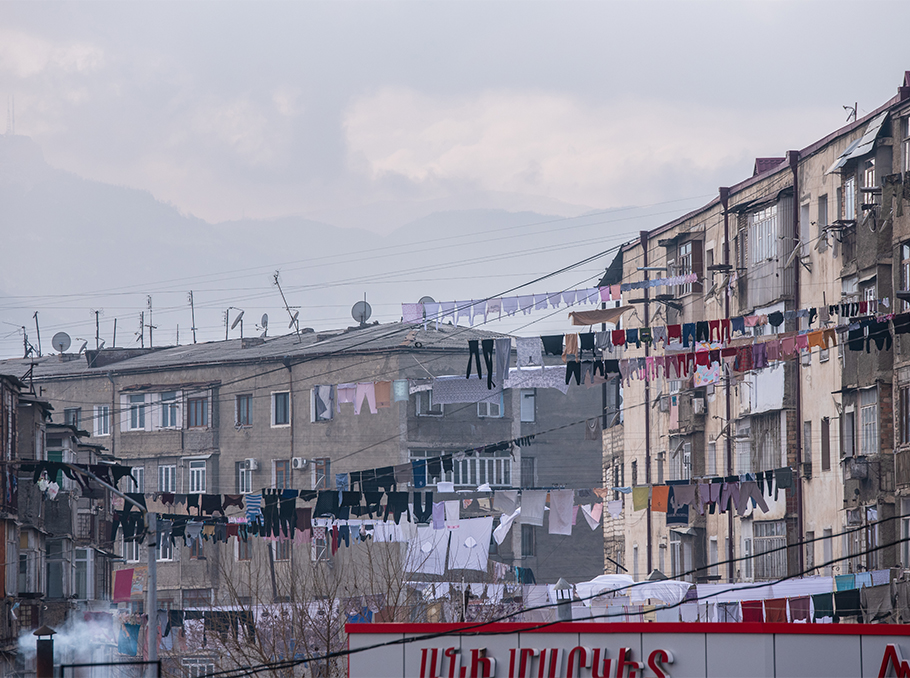
Photo: Davit Ghahramanyan/Mediamax
Speaking with Mediamax, the first deputy director of “Artsakhenergo” Tigran Gabrielyan said that they do not rule out the possibility of a new schedule of blackout, because there is no alternative to saving electricity at the moment.
“We have to urge people to use electricity more sparingly, even when having gas, because every day we have to use the limited resource we have. We must realize that even if the road opens, this problem will not disappear and this is the most serious crisis at the moment, because food is being supplied in one way or another, while this problem remains critical.”
Gabrielyan said that there is still no information about the repair works at the damaged site of the high-voltage lines coming from Armenia to Artsakh.
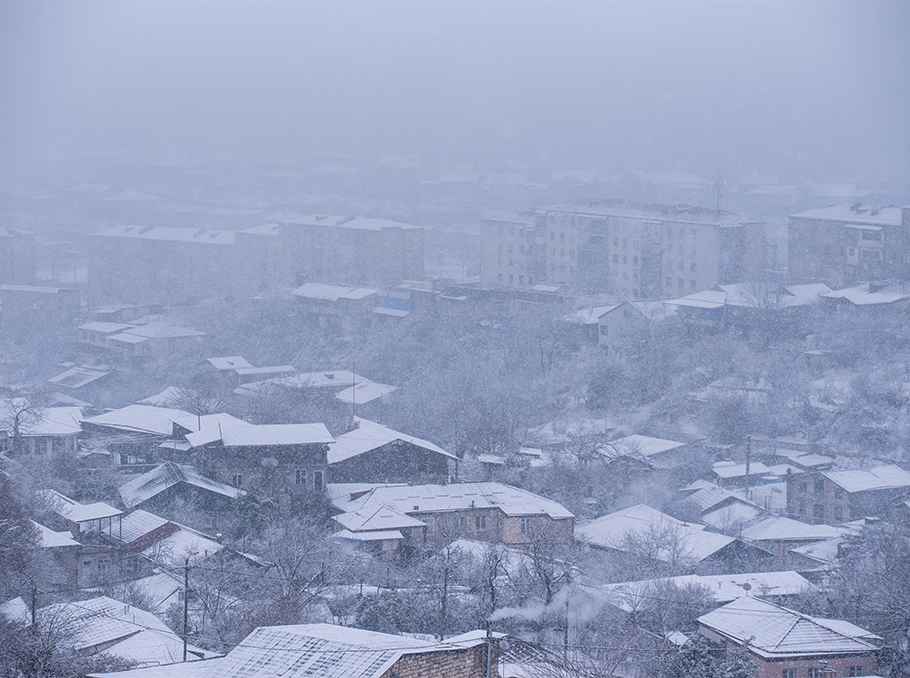
Photo: Davit Ghahramanyan/Mediamax
As to whether Artsakh too carries out works along with the construction of new power lines in the Armenian section of Tegh-Kornidzor new road to be operated from April 1, the relevant bodies of Artsakh do not provide official information to avoid side risks affecting the situation.
Sofia Hakobyan
Photos by Davit Ghahramanyan










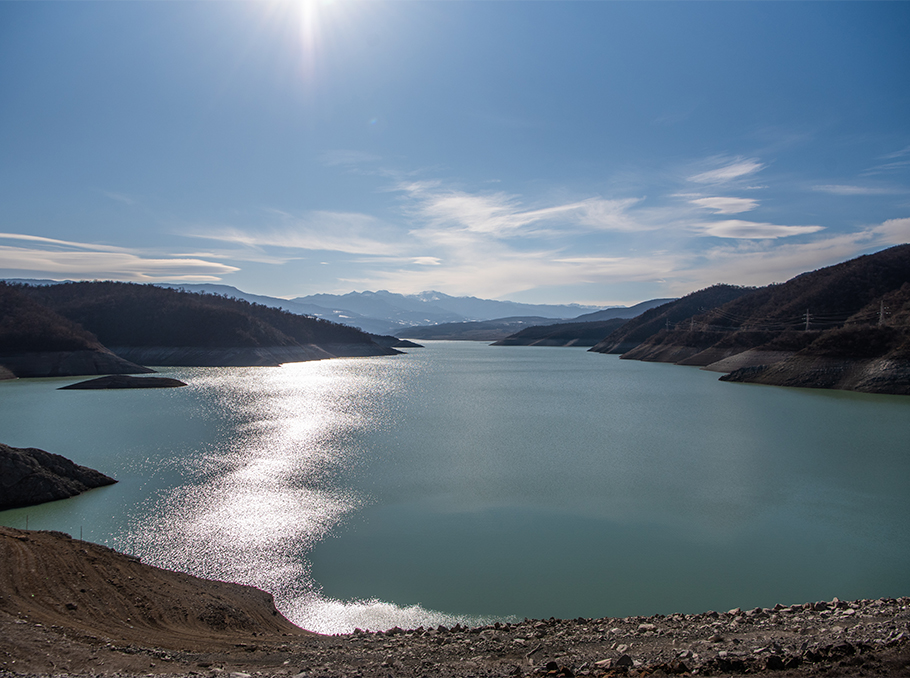
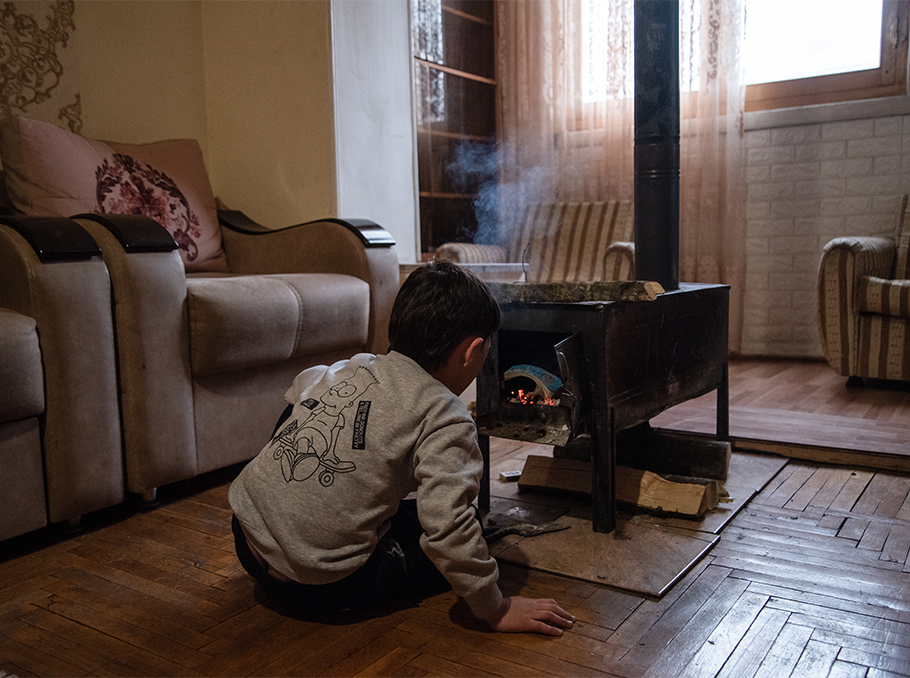






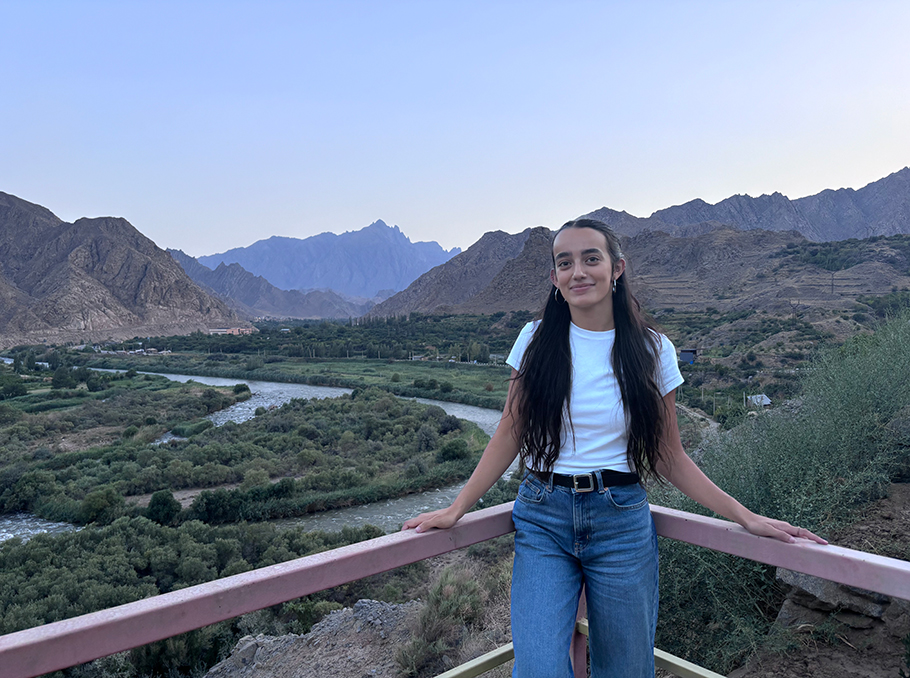







Comments
Dear visitors, You can place your opinion on the material using your Facebook account. Please, be polite and follow our simple rules: you are not allowed to make off - topic comments, place advertisements, use abusive and filthy language. The editorial staff reserves the right to moderate and delete comments in case of breach of the rules.